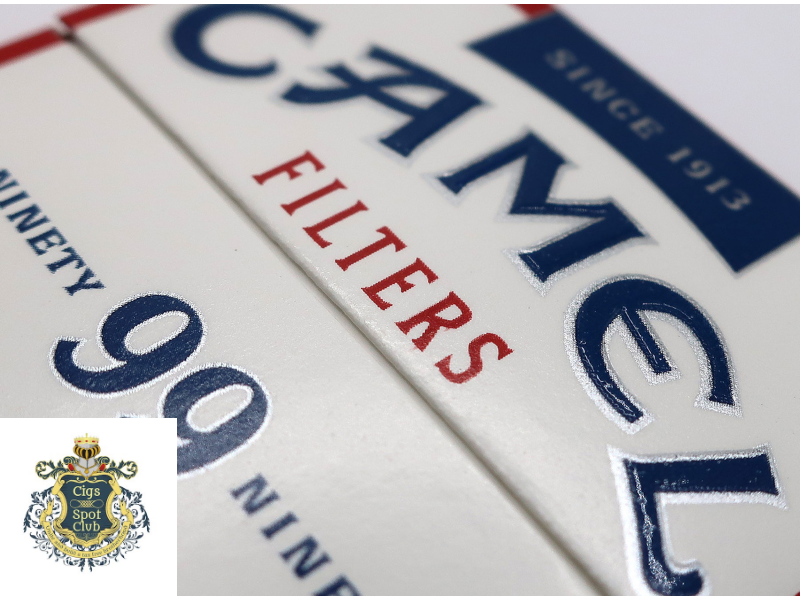American Camel from Mexico: Is It Fake?

Why some U.S.-tax‑stamped Camel Filters say “Made in Mexico”
You’ll sometimes see a U.S. state excise-tax stamp on the cellophane and “Made in Mexico” printed on the pack. How can both be true? Here’s a straightforward explanation—and quick tasting notes on Camel Filters 99s.
The variety here is Camel Filters; “99” is the format designation. Think of it as the classic “hundreds” style—traditionally a longer King Size—only most brands aren’t a literal 100 mm. Many measure 98–99 mm, and RJR simply puts the exact number on the front.
Among U.S. adult smokers, Camel Filters remains a staple in the full‑flavor segment, and the 99s format is a popular pick—easily holding its own against mainstays like Marlboro, Kent, and Lucky Strike. The fact that some packs are made in Mexico doesn’t diminish quality for the U.S. market.

So how does a U.S. excise stamp sit alongside a “Made in Mexico” line? These cigarettes are indeed produced in Mexico specifically for the U.S. market. The arrangement is fully legal and used by several major tobacco companies: manufacture abroad, then import for sale in the United States, with normal U.S. taxes paid at the point of sale—hence the state stamp on the overwrap.
According to industry reporting, a 2015 change in federal rules created a rebate pathway that international companies could use when producing certain U.S.-market cigarettes outside the country. RJR (now part of BAT) licensed production in Mexico to supply the U.S., reportedly recovering a bit over $1 per imported pack through that mechanism. Competition in the U.S. market is fierce, so quality control on these Mexico-made Camels is held to the same standard as domestic runs.
Important: The U.S. state excise stamp on the cellophane reflects where the pack was taxed for retail sale. “Made in Mexico” indicates manufacturing origin and doesn’t mean the product isn’t for the U.S. market.

For added peace of mind, recent packs include a QR on the flip‑top and an internal code you can verify on Camel’s official website. Even before that, the aroma off a fresh pack gives it away: clean, tobacco‑forward, without obvious casing or top‑note flavoring.

Construction is exactly what you expect from a U.S.-market Camel: a well‑packed (but not overpacked) rod, firm acetate filter, and one perforation band on the tipping. Branding is clean and classic.

There’s a healthy fill in the 99 mm rod. The blend shows a wide color range—from pale yellow through deep gold to medium brown—skewing mostly yellow/deep yellow, similar to classic unfiltered Camel. The cut is mixed, with ribbons and small flakes; a touch of stem and reconstituted sheet appears but in small amounts that don’t affect flavor.

The smoke profile is close to Camel without a filter: dry wood, a clear nutty note, and a pinch of spice on the finish. The filter and light ventilation temper intensity a bit—less “drafty” than something like Kent Classic 100s—landing around a familiar 8/10 in perceived strength. The 99 format draws a touch longer, and the filter makes the session more comfortable.

Bottom line
Mexico-made or not, these are very good: flavorful, genuinely tobacco‑driven, dense, and satisfying—on a different level than gray‑market lookalikes. They’re not the cheapest, but worth trying if you enjoy full‑flavor Camel with a slightly longer format.
Tried Camel Filters 99s recently? Share your impressions in the comments. And if you’re looking to restock, browse our live inventory and pricing here: CigsSpot Shop. Reviews are available on Trustpilot.
For adult customers 21+ only. Availability and pricing subject to change. Check product pages for current stock.

